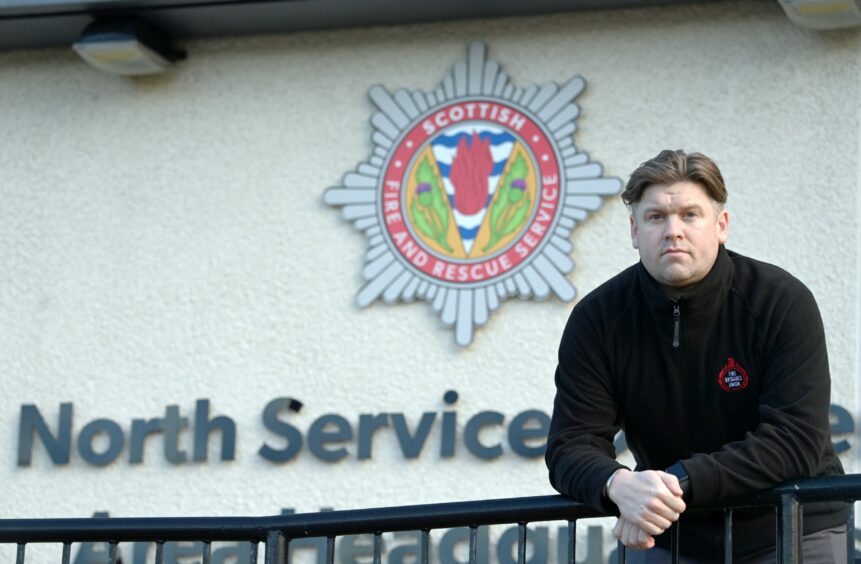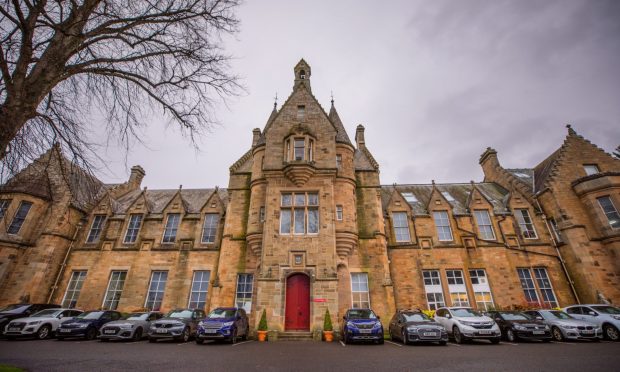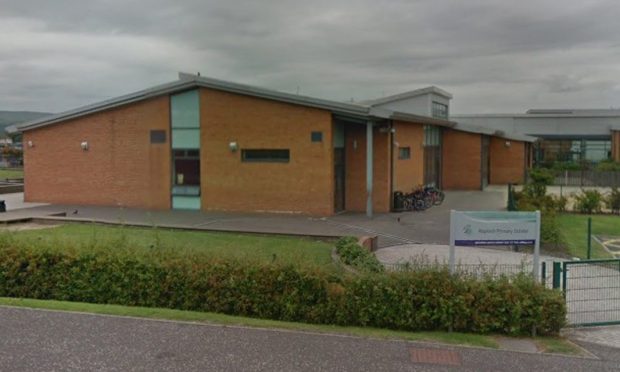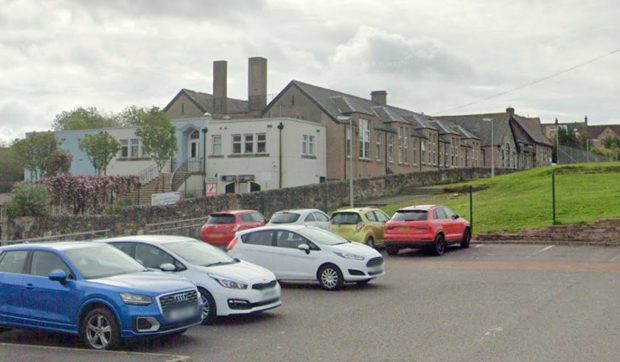The fire risk created by removing bottoms of doors in schools could lead to more severe incidents, firefighters say.
Increased air flow would cause fire to spread more ‘naturally, quickly and severely’ within a building, and could even affect how firefighters tackle a blaze, they say.
Representatives from both Scottish Fire and Rescue Service (SFRS) and the Fire Brigades Union have strongly advised against removing bottoms of doors in schools.
SFRS urges any local authority officers considering the modification to contact the fire service for advice before doing so.
The comments come in reaction to the Scottish Government’s announcement of funding for local authorities to remove bottoms of doors in school, in a bid to increase ventilation and reduce the spread of Covid.
The plans received much backlash and Tayside and Fife councils were quick to say they would not be carrying out the removal of bottoms of doors in schools.
However the Scottish Government is still advising this is one of the options available to local authorities under the funding ringfenced for improving ventilation in schools.
But Simon Leroux, north east rep for Fire Brigades Union, says doing so could result in more severe incidents and offering it as an option creates confusion around fire safety.
When dealing with a fire in any setting, Simon says the advice is always to ‘evacuate and shut doors on the way out’ in a bid to contain fire and smoke – which can cause the most damage.
He said: “Doors that are put into most buildings have fire regulations and to remove part of them compromises protection between compartments.
“If a compartment is engulfed with fire, shutting the door will assist with fire protection, but compromising that by changing the door would not contain the fire.
“All doors have some level of fire protection, even in a domestic setting.”
He added that gaps in doors would allow fire to spread more ‘naturally’ and impact on the speed it spreads through the building and the severity of the blaze.
‘Risk to firefighters’
Simon said: “If we attended an incident where modifications had been made to doors, that might impact the incident commander’s decision of how to tackle the fire.
“Our first and foremost concern is the safety of firefighters and if anyone was to change the way fire protection had been put into the building, that could create a risk to firefighters.
“That could potentially mean incident commanders deciding to fight the fire defensively (externally only) rather than putting firefighters into the building, which could potentially lead to larger incidents.”
A spokeswoman for SFRS confirmed the service was aware of the financial support provided by the Scottish Government to local authorities to support COVID ventilation arrangements within schools.
She added: “Internal doors play a key role in preventing smoke and fire from spreading within buildings.
“As such the SFRS would strongly advise duty holders to make contact with our Fire Safety Enforcement Teams before undertaking any actions which would have an impact on the fire safety arrangements within their premises.”
Funding for ventilation
The government recently allocated £5 million of additional support for councils to ensure ventilation in schools and early years settings meets the latest COVID-19 safety guidance.
This is in addition to £10 million provided for ventilation and CO2 monitoring last year.
A spokeswoman said: “We have made available a further £5 million so local authorities can take any remedial action necessary to improve ventilation in schools and early learning and childcare settings.
“Remedial measures should be informed by local circumstances and expert assessment.
“Adjustment of non-fire doors is just one potential measure that local authorities may use to improve air flow in a relatively limited number of problematic spaces.
“Other measures may include use of air cleaning devices or small mechanical ventilation units.”











